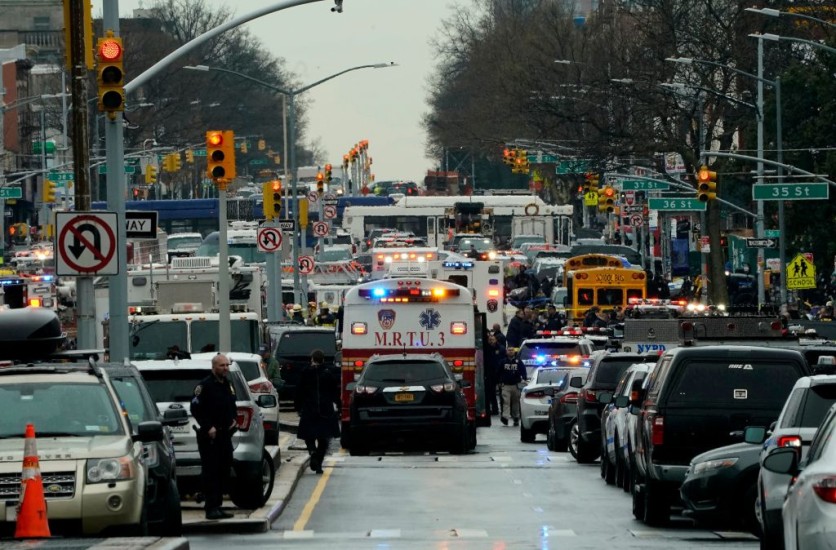The US Departments of Energy, Transportation, Housing and Urban Development, and the Environmental Protection Agency recently produced an ambitious blueprint to decarbonize the nation's transportation system, reported first by Interesting Engineering.
All greenhouse gas emissions from the transportation sector are expected to be reduced by the Blueprint by 2050.

Decarbonizing Transportation
The largest contributor to greenhouse gas emissions in the US, accounting for one-third of all emissions, is the transportation sector.
The collaborating departments argue in their blueprint that decarbonizing transportation is essential to address the escalating climate catastrophe and achieve the economy-wide objective of net-zero GHG emissions by 2050.
"A decarbonized transportation system can mobilize a sustainable, economy that benefits everyone," the blueprint's presentation reads.
"The US National Blueprint for Transportation Decarbonization is a first-of-its-kind strategy for federal leadership and partnerships to decarbonize the entire US transportation sector."
Decarbonizing the transportation industry will require a variety of tactics and resources, such as providing safe, efficient, cheap, and sustainable solutions to current challenges.
The Blueprint will further strengthen the Biden-Harris administration's position on climate change. The President's objectives of establishing a completely clean electricity system by 2035 and achieving net-zero carbon emissions by 2050 are hoped to be achieved through the newly laid out plan.
Three Strategies
Three different strategies are used in this Blueprint. First, improve convenience by placing crucial services close to where people reside to lessen travel burdens, enhance walkability, and increase the quality of life.
To achieve this, the involved departments will establish community design and regional and local land-use planning.
Secondly, they ought to increase efficiency by increasing readily available, inexpensive transportation options and enhancing the performance of all vehicles.
Lastly, they plan to switch to environmentally friendly solutions by introducing all modes of transportation to zero-emission cars and fuels.
A transition will also occur to create clean-energy technology, such as hydrogen and sustainable fuels, electric vehicles, and other clean transportation infrastructure.
To formally commit to the top level of collaboration and coordination, the Departments of Energy, Transportation, Housing and Urban Development, and the Environmental Protection Agency signed a memorandum of agreement in September 2022.
The Blueprint was prepared by the four agencies as a crucial component of the MOU to act as a framework for future public and private sector research, development, demonstration, and deployment aimed at transforming how people and things move around the country, all based on five guiding principles.
These principles include: implementing bold actions to achieve measurable results; embracing creative solutions across the transportation sector; ensuring safety, equity, and access; increasing collaboration; and establishing US leadership.
Related Article : California's Recent Solar Energy Proposal Offers Millions of Dollars of Support for Low-Income Households

ⓒ 2025 TECHTIMES.com All rights reserved. Do not reproduce without permission.




